Naipes Side Car Tipo Español
Naipes Side Car Tipo Español.
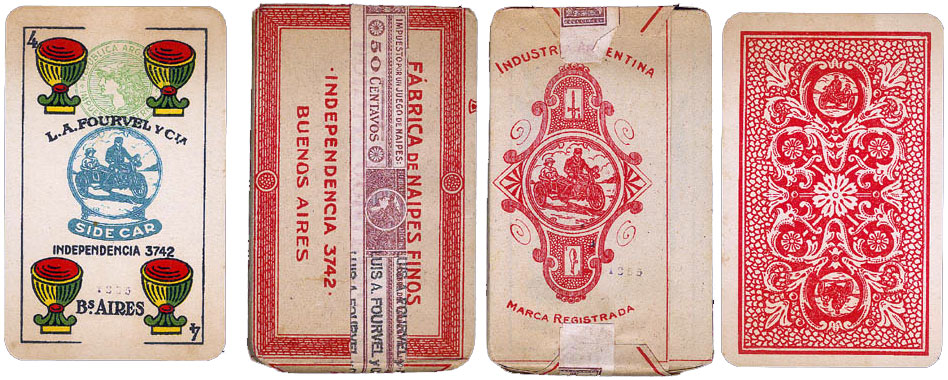
Above: sealed pack in paper wrapper with brown 50 centavos tax band [Decreto 18.235] and green 'Mercury' duty stamp on the four of cups, Spanish-suited ‘Naipes Side Car’, Luis A. Fourvel y Cía, Buenos Aires, c.1944. The back design includes a small motorcycle, which also appears on the wrapper and four of cups.

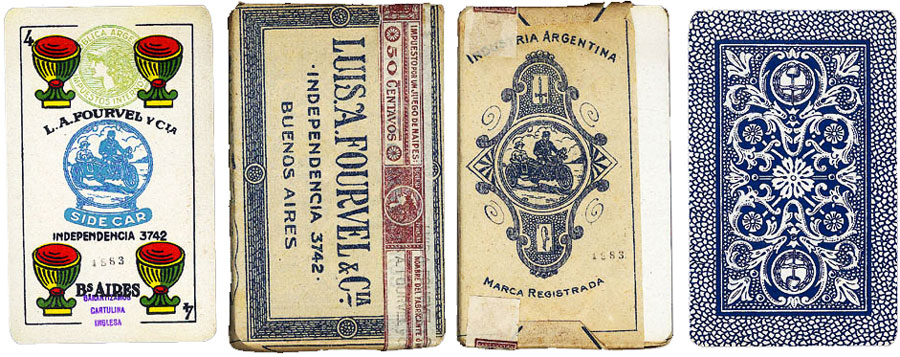
Above: sealed pack in paper wrapper with brown 50 centavos tax band [Decreto 18.235] and green 'Mercury' duty stamp on the four of cups, ‘Naipes Side Car’, Luis A. Fourvel y Cía, Buenos Aires, c.1948. The back design has been redrawn and an overstamp on the four of cups reads: "Garantizamos Cartulina Inglesa". It is not known exactly when Fourvel was sourcing English cardboard, but supplies would have been restricted during the war period.
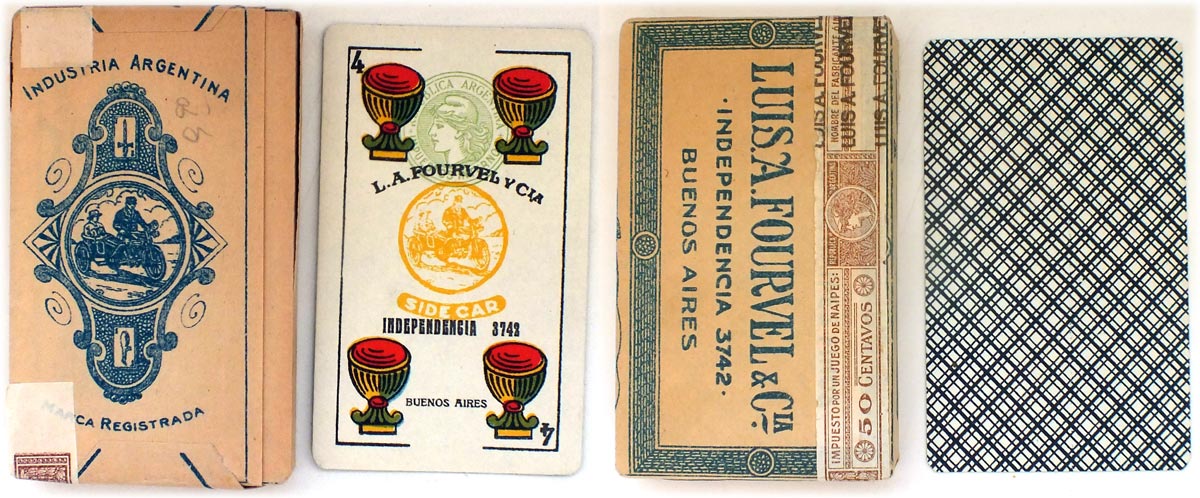
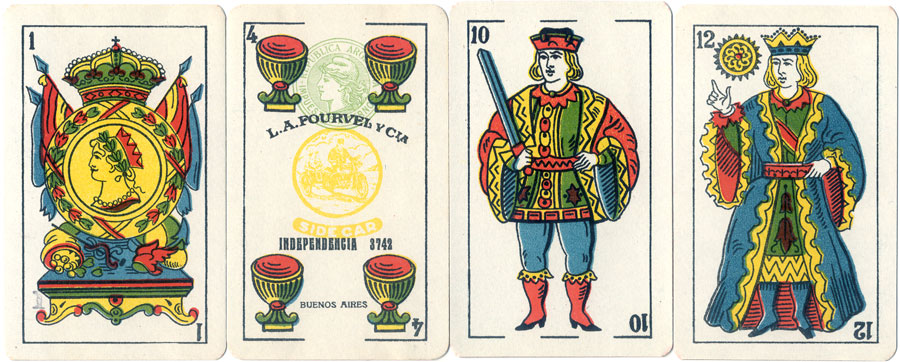
Above: ‘Naipes Side Car’ from c.1950. The motorcycle logo on the four of cups is printed in yellow and there are typographical differences from the earlier version. There is no reference to imported cardboard.
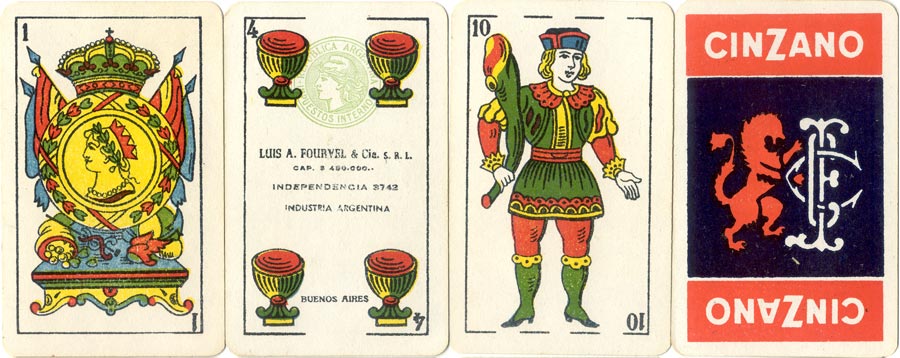
Above: ‘Naipes Side Car’ from the 1960s with advertising for Cinzano. The motorcycle logo on the four of cups has disappeared and the company name has changed to Luis A. Fourvel & Cía S.R.L.
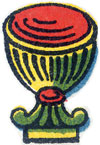
The Fourvel family was of French origin but had settled in Spain during the XIX century. In the 1930s Luis Fourvel went to Argentina and established a printing business which flourished until the early 60s.

Luis A. Fourvel y Cía manufactured cards in the Spanish Catalan pattern with the brand name ‘Side Car’. The same brand name was also used for a standard Anglo-American version (‘Side-Car’ and ‘Naipynt’) and a Belgian/Genoese pattern for casino use.
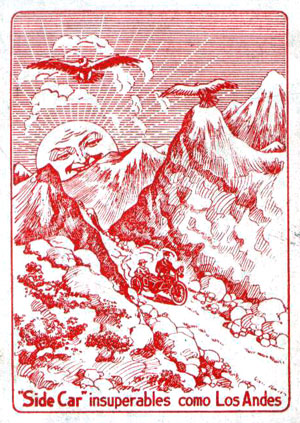
Advertising and non-standard packs also started appearing in the 1950s.
See also: Fourvel homepage • Side Car • Side Car Spanish-suited • Naipes Estelares • Naipynt • Side Car Genoese style
REFERENCES
Marotta, Florencia: Sellados e Impuestos en Naipes Argentinos, Buenos Aires, 2007
By Simon Wintle
Spain • Member since February 01, 1996 • Contact
I am the founder of The World of Playing Cards (est. 1996), a website dedicated to the history, artistry and cultural significance of playing cards and tarot. Over the years I have researched various areas of the subject, acquired and traded collections and contributed as a committee member of the IPCS and graphics editor of The Playing-Card journal. Having lived in Chile, England, Wales, and now Spain, these experiences have shaped my work and passion for playing cards. Amongst my achievements is producing a limited-edition replica of a 17th-century English pack using woodblocks and stencils—a labour of love. Today, the World of Playing Cards is a global collaborative project, with my son Adam serving as the technical driving force behind its development. His innovative efforts have helped shape the site into the thriving hub it is today. You are warmly invited to become a contributor and share your enthusiasm.

Related Articles
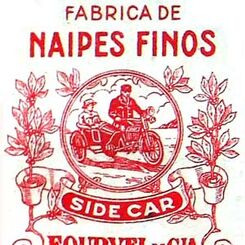
Side Car
Luis Fourvel's standard English style Naipes Side Car, with the distinctive motorcycle Joker were pu...

Estelares
Naipes Estelares playing cards manufactured by Luis A. Fourvel y Cia., Buenos Aires, early 1950s.
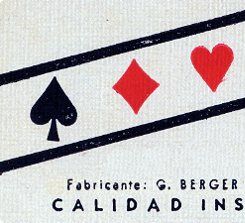
G. Berger, Buenos Aires, c.1935-50
Berger also produced a Hungarian-type "Seasons" pack with the brand name "La Estrella" and a six-poi...
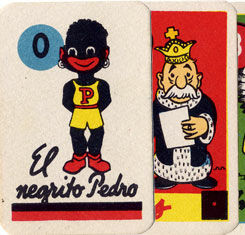
Anonymous manufacturers 1
Argentina has produced a series of anonymous decks, both Spanish-suited and Anglo-American type and ...
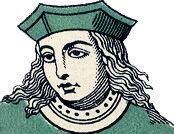
Naipes Side Car - Genoese type
Naipes Side Car - Genoese type.

Standard playing cards manufactured by Joker S.A.
Standard playing cards manufactured by Joker S.A.

Alvarez Holmberg y Cia,
Alvarez Holmberg y Cia, playing card manufacturer, Buenos Aires, Argentina, c.1950-70
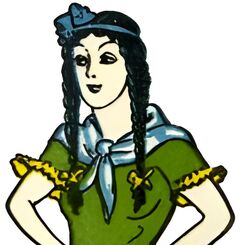
Argentinian Playing Cards - Naipes Argentinos
Playing cards were introduced to the Americas with Spanish explorers such as Columbus or Cortés.

Naipes La Banca
Naipes La Banca, Argentina c.1970-85.

Imported Argentinean Playing Cards
There has been a number of importing agents, as well as manufacturers from other countries, who have...
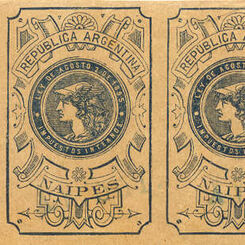
Impuestos Internos Sobre Naipes
Duty was first introduced on playing cards in Argentina in 1892, as part of the Internal Duties law,...

Cía General Fabril Financiera S.A.
Founded in 1889 as Compañía General de Fósforos, and favoured by certain economic factors, the firm ...

List of Argentinian Playing Card Manufacturers
List of Argentinian Playing Card Manufacturers from the 19th and 20th centuries.
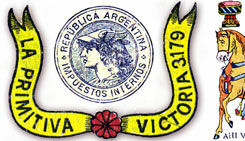
La Primitiva, Victoria 3179, Buenos Aires
La Primitiva, Victoria 3179, Buenos Aires c.1878-1920, manufacturers of paper and playing cards.
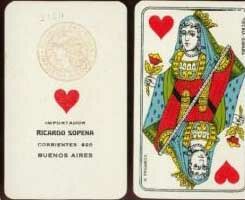
Ricardo Sopena
Argentina importing agent Ricardo Sopena, Corrientes 920, Buenos Aires
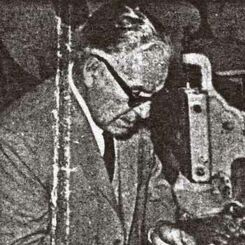
Ernesto Flaiban - Quality Control
Sr. Ernesto Flaiban, founder and president of E. Flaiban S.A., is seen here checking the quality of ...

Naipes de Poker Naipynt
Naipes “Naipynt” are a departure from Fourvel's usual Side Car brand, with a new ‘Clown Joker’ desig...

Luis A. Fourvel
The Fourvel family was of French origin but had settled in Spain during the XIX century. In the 1930...
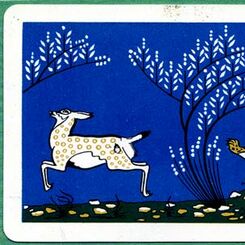
Nascal S.R.L., Buenos Aires, 1960-80
Nascal S.R.L., Paisandu 760, Buenos Aires c.1960-80, manufacturers of plastic playing cards.

Souvenir Playing Cards
Argentina publishes many tourist souvenir packs, usually with colour pictures on each card, and with...
Most Popular
Our top articles from the past 60 days


























